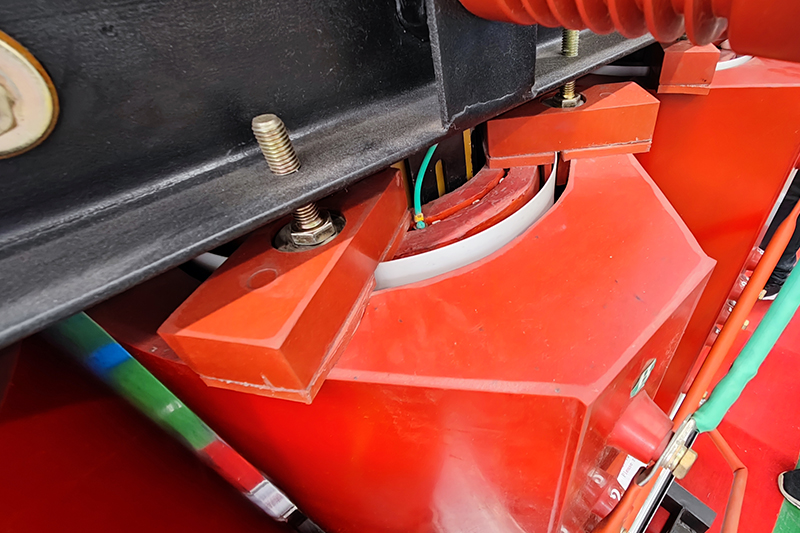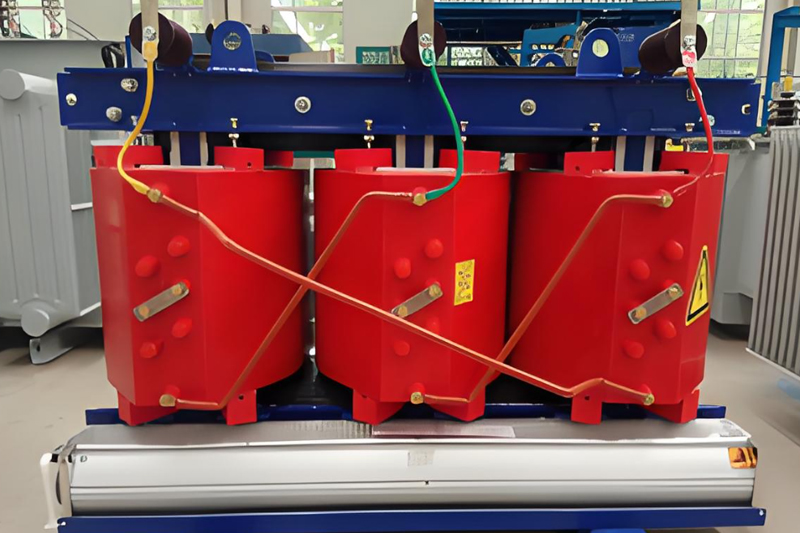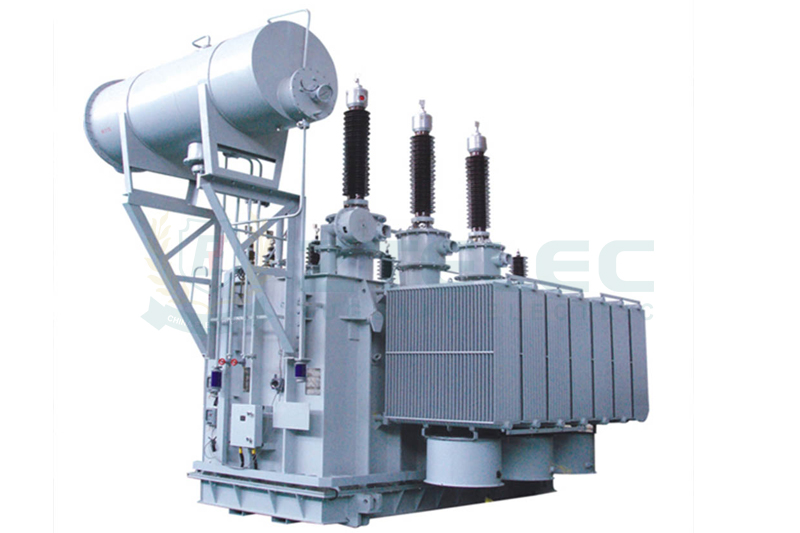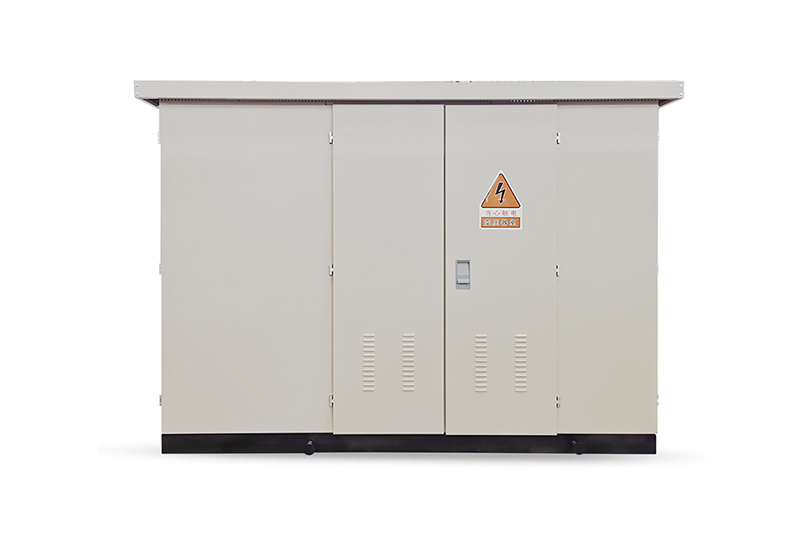Dry-Type Transformer Models: Selection Guide and Key Parameters
Time:2025-06-26 Auther:ZTelec-www.ztelectransformer.com
Dry-type transformers are essential equipment in modern power distribution systems. They perform voltage conversion and current transmission without requiring oil as a cooling medium, making them safer, cleaner, and more environmentally friendly. This guide covers common dry-type transformer models, technical parameters, and how to select the right transformer based on your application.

Common Classifications of Dry-Type Transformer Models
1. By Insulation Material
SCB Series (Epoxy Resin Cast, Copper Winding)
Example: SCB10-1000/10 (“10” = performance code, 1000kVA, high-voltage side 10kV)
Features: Excellent moisture resistance and short-circuit strength. Ideal for humid environments like coastal regions.
SCR Series (Epoxy Resin Cast, Aluminum Winding)
More cost-effective than copper models, but with slightly lower conductivity. Suitable for small to medium-capacity applications with budget constraints.
SG Series (Open Type, Non-Encapsulated)
Example: SG10-500/10
Provides excellent heat dissipation but must be installed in clean, dust-free rooms. Common in industrial facilities.
2. By Performance Level
Standard Models (e.g., SCB9)
Basic dry-type transformers that meet GB/T 10228 standards for general-purpose applications.
High-Efficiency Models (e.g., SCB12, SCB14)
Energy-efficient transformers that meet Level 1 energy performance. For example, SCB14 reduces no-load loss by 30% compared to SCB10. Ideal for data centers or facilities running continuously, with ROI achieved in 2–3 years.
3. Special-Purpose Models
On-Load Voltage Regulation (SCZ Series)
Example: SCZ11-2000/10
Automatically adjusts output voltage within ±10% to handle grid fluctuations.
Fireproof and Explosion-Proof (e.g., SCB-F)
Enhanced with flame-retardant materials. Common in subways, tunnels, and enclosed spaces.
Amorphous Alloy Core (SCBH Series)
Reduces no-load losses by 60%–70%, with a 30%–50% higher cost. Ideal for 24/7 applications such as hospitals and telecom base stations.

Key Parameters of Dry-Type Transformers
Rated Capacity: Indicates the maximum power output (in kVA). Ensure the capacity meets or exceeds your total load.
Rated Voltage: Includes primary (e.g., 10kV) and secondary (e.g., 0.4kV) voltages, which must match your grid and equipment requirements.
Cooling Method:
– Natural Air Cooling (AN): Passive heat dissipation. Suitable for capacities below 800kVA.
– Forced Air Cooling (AF): Uses fans to enhance dissipation, increasing capacity by up to 50%.
Insulation Material: Typically epoxy resin or Nomex paper. Determines temperature resistance and dielectric strength.
Core Material: Usually silicon steel or amorphous alloy. Influences transformer efficiency and cost.
Dry-Type Transformer Selection Guide
1. Define Load Requirements
Capacity: Calculate based on total power demand and power factor. Keep load rate below 80% to ensure safety and reserve margin.
Load Type: Determine if the load is inductive, capacitive, or nonlinear, and select models with proper overload and harmonic tolerance.
2. Assess Installation Environment
Temperature: Choose appropriate insulation class (e.g., F, H) for expected ambient conditions.
Humidity: Use moisture-resistant transformers for coastal or damp regions.
Altitude: Derate transformer capacity if installation exceeds 1000m above sea level.
3. Prioritize Energy Efficiency
Select Level 1 or high-efficiency rated models to minimize operational losses and reduce energy bills over time.
4. Determine Protection Grade
Use IP20 for indoor clean areas; choose IP54 or above for dusty, outdoor, or humid environments to ensure durability and safety.
5. Choose Cooling Based on Load
Natural air cooling is ideal for low-load, quiet environments. Forced air cooling suits large capacities or hot conditions, though it increases noise.
6. Special Functional Requirements
Anti-Corrosion: Use coated models for offshore or chemical sites.
Fireproof Certification: Required for transportation hubs, tunnels, or places with stringent fire safety codes.
7. Balance Cost and Lifecycle Value
Factor in initial investment, brand reputation, efficiency rating, and expected operating life. The cheapest model isn’t always the most economical in the long run.
Choose Wisely for Reliable Power Systems
Selecting the right dry-type transformer model requires a balance of technical parameters, environmental compatibility, and economic feasibility. Whether you’re powering a data center, residential complex, or industrial plant, understanding model features and matching them to your unique application will ensure long-term efficiency, safety, and reliability. Work with experienced suppliers or engineers to verify specifications and ensure compliance with industry standards.




